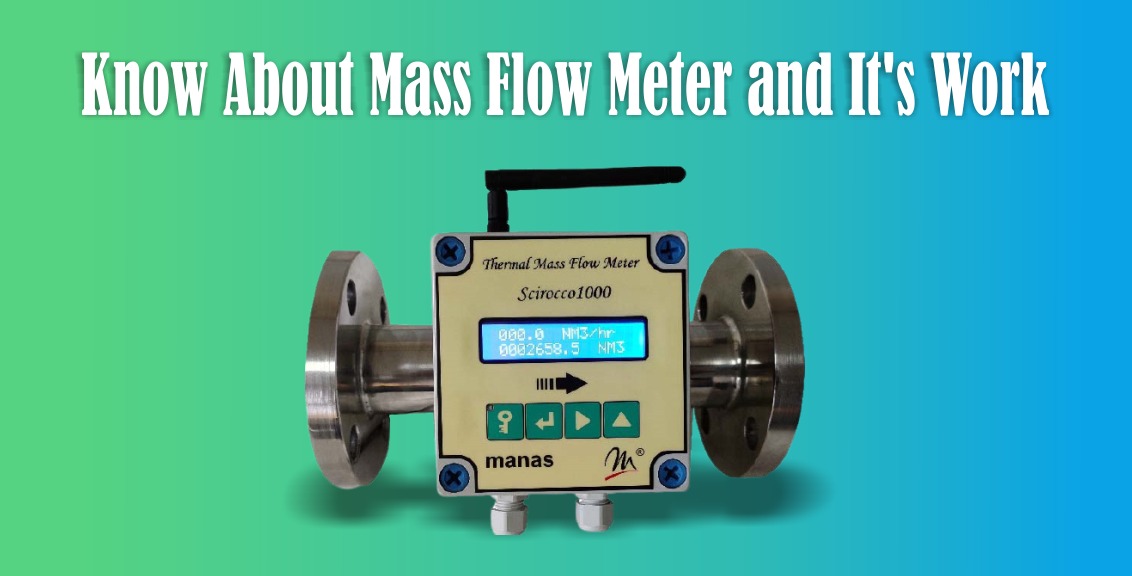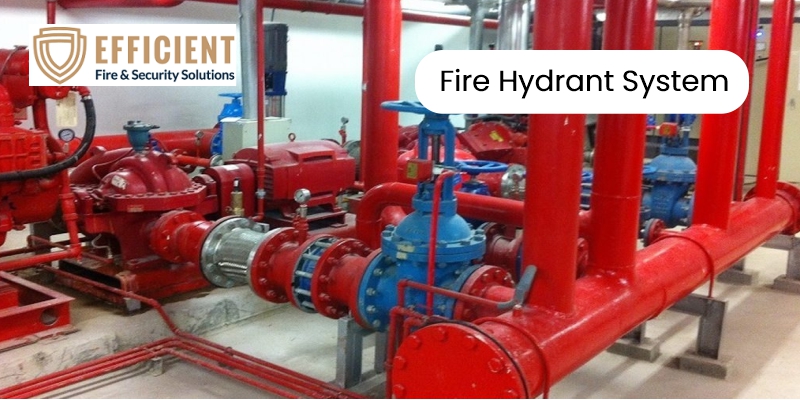What is Mass Flow Meter?
A mass flow meter, also known as an inertial flow meter, measures the mass flow rate of a fluid flowing through a tube. The mass flow rate is defined as the mass of a fluid passing through a fixed point in one unit of time.
The flow rate of gas mass can be measured by a thermal mass flow meter, which uses convective heat transfer from a heated surface to the flowing fluid. A basic thermal mass flow meter consists of two temperature sensors with an electric heater in between. The heater can protrude into the fluid stream of the pipe.
How Mass Flow Meter Works?
In case of a Thermal Mass Flow meter, whenever a fluid of a certain temperature is passed over any substance hotter than the fluid, the heat of the hot substance is taken away because of forced convection by the fluid, and the temperature of that substance drops. This fall in temperature is related to the mass flow of the fluid passing over the substance. If one can measure the amount of heat taken away by the flowing fluid, one can calculate the mass flow rate.
Here are some tips regarding mass flow meter installation:
- Dos and Don’ts:
- Ensure that the power supply provided is stable, noise-free, and within the specified tolerance.
- Ensure that the direction of flow matches with the arrow indicating flow direction on the flow tube.
- Do not install the flow meter at a place subjected to intense vibrations. Install the flow meter where no vibrations are present.
- Use proper snubber circuits across the coils of the switchgear assemblies near the transmitter. Do not intermix the cable with the power cable. The minimum distance between the signal cable and power cable should be greater than 12 inches.
- The installation of the flow meter should be as away as possible from heavy electrical loads.
- Ensure the load connected across the output terminal is within specifications.
- Ensure that the transmitter mounting screws and the lid screws for the transmitter are always tightened properly to maintain the specified ingress protection class (IP Rating).
- Ensure that there is no leakage on the inlet side or outlet of the installed flow meter.
2. Specific Pipe requirements:
- The flange on the pipe should be with the correct gasket
- Flanges and gaskets need to be correctly aligned
- It is to be ensured that the pipe is clean after installation
- Ensure that there are no leakages in the pipeline
- It is advised that the pipelines are painted or provided with protective chemicals according to the instructions given by the pipe manufacturer to ensure long life and leakage-free operation
3. Inlet and outlet run
To maintain the accuracy stipulated in the specification sheets, the sensor must be inserted in the center of a straight pipe section with an undisturbed flow progression. An undisturbed flow progression is achieved if the sections in front of the sensor (inlet) and behind the sensor(outlet) are sufficiently long, straight, and without any obstructions such as edges, seams, curves, etc. Therefore, it is necessary to ensure that the recommended inlet and outlet runs are as per the flow meter manufacturer’s instructions.
Manas Microsystem Pvt. Ltd. manufactures Thermal Mass Flow Meter to measure the mass of gas or liquid. Manas also provides installation and commissioning services for the same.
For more information Visit Here: https://manasmicro.com




